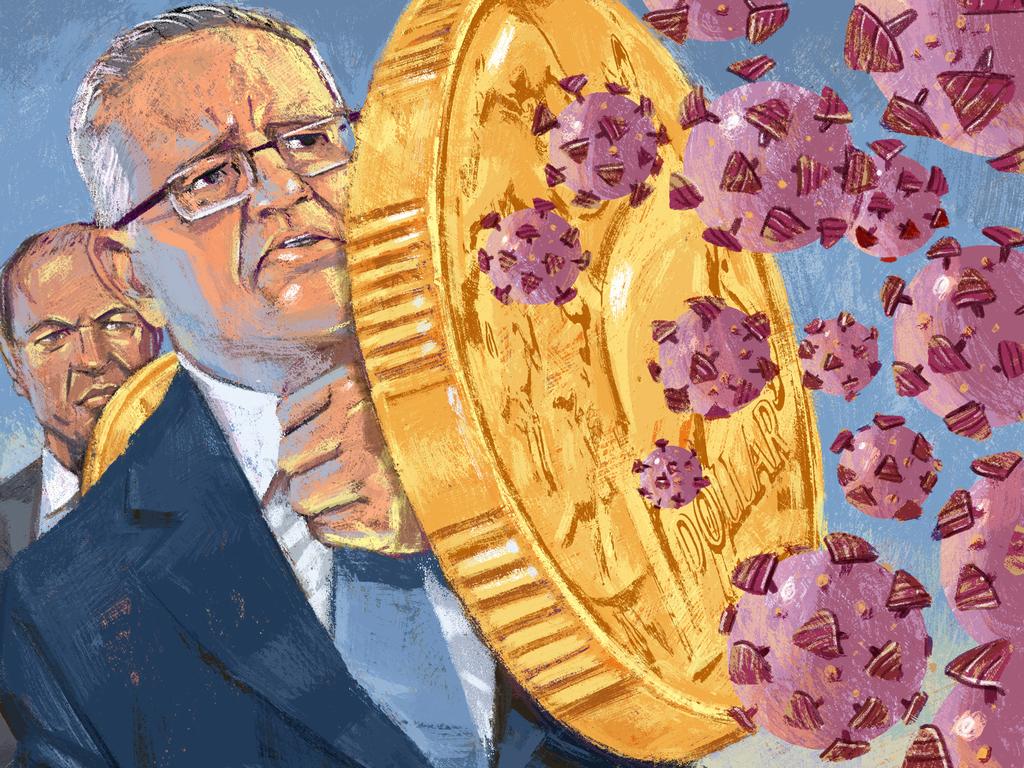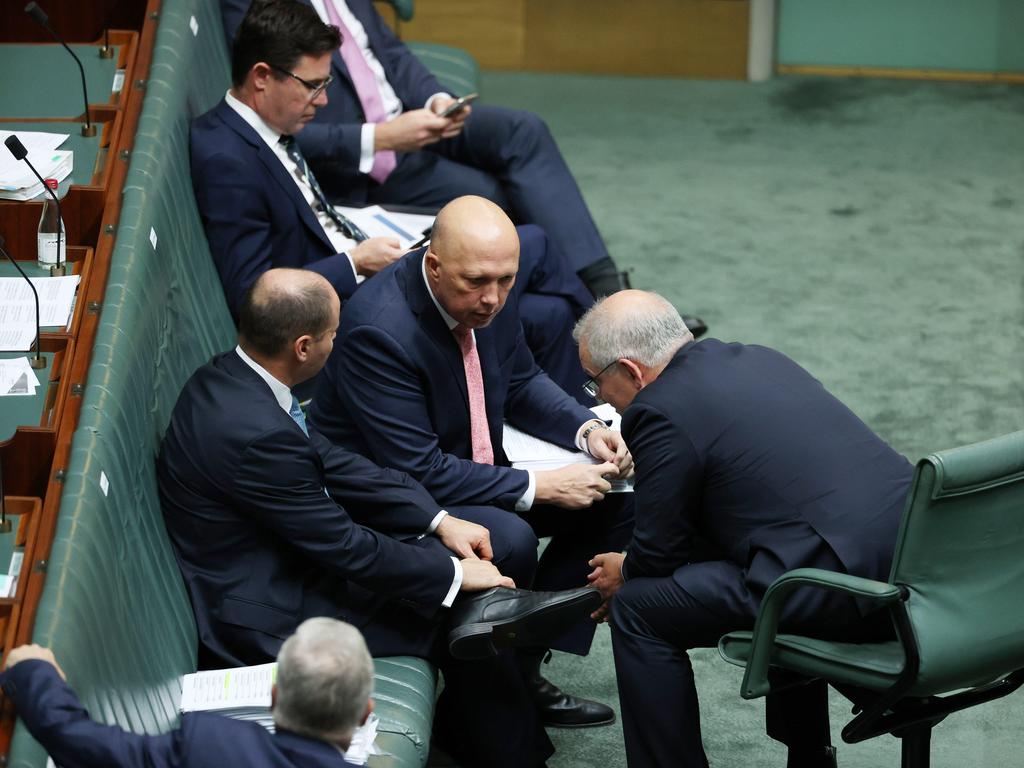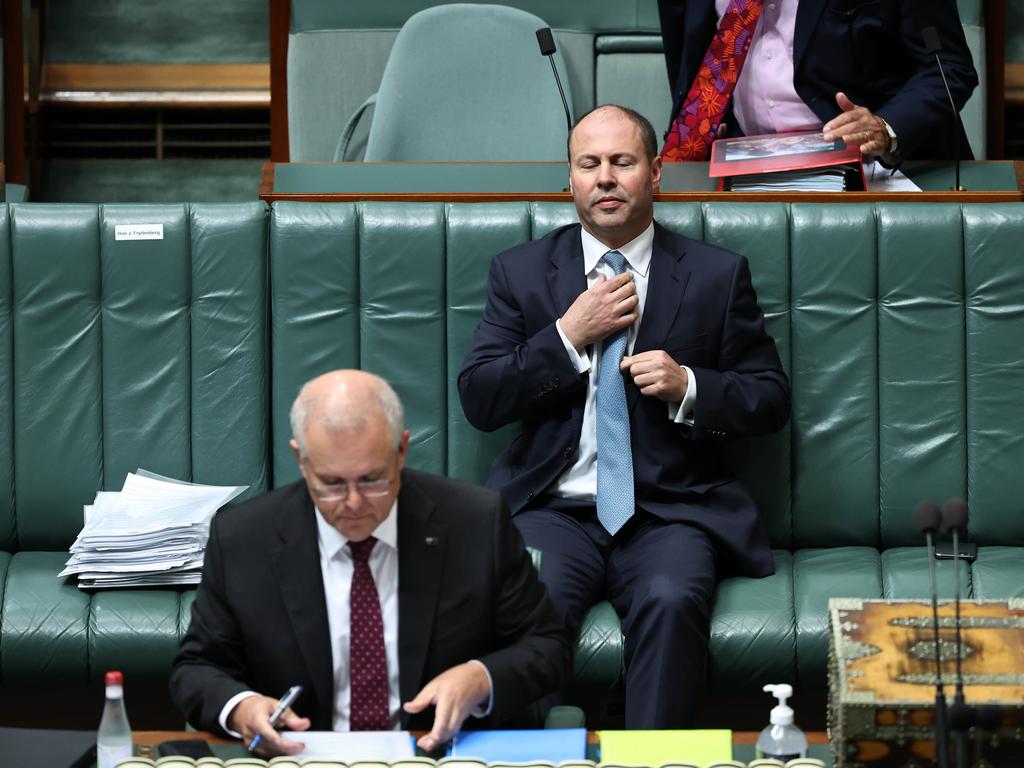Budget 2021: taxpayers reap benefit of bracket creep bounty
Over-promising and underdelivering is not rare in politics. But there is a policy success story that has been buried by the pandemic.
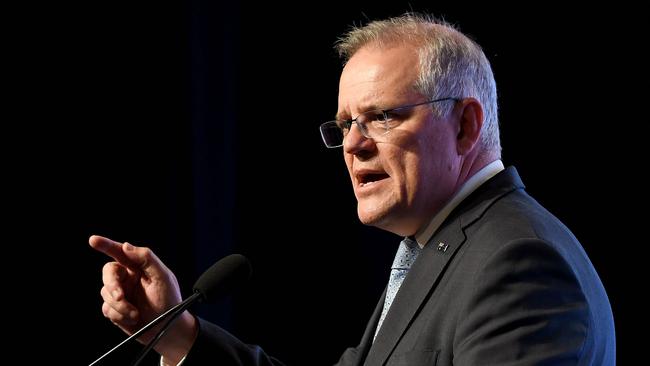
When a much-touted government program fails to deliver, there’s a quick step away and no looking back. In October’s budget, Josh Frydenberg announced two signature policies to stimulate business investment and jobs growth.
The first was a $26.7bn tax break for business investment, which appears to have given cashed-up tradies a nudge to shop at Ute-Topia. The second was a $4bn hiring credit for employers under the JobMaker banner. The scheme aimed to “support around 450,000 positions” across two years and focused on the young unemployed, who had borne the brunt of the COVID recession.
The hiring credit has been a dud, although neither an expensive nor critical one, as the labour market is in broad, brazen recovery. According to Treasury, by March only 609 people had been hired under the program. Plans to boost or revamp it in the budget have been ditched. As they say in tech, fail fast.
With the end of Beef Week in Rocky, we segue gracefully into Pork Week in the Berra, with Tuesday’s federal budget. From the Treasurer’s balloon drops we know there will be new spending on aged care, childcare, skills and infrastructure. Perhaps, with our sagging fertility and money to burn, there’ll be a “baby bonus” surprise.
Over-promising and underdelivering is not rare in politics, with the COVID-19 vaccine rollout the most egregious recent example of spectacularly missing the mark. At the start of the year, Scott Morrison said his aim was to get four million jabs into arms by the end of March. As of Thursday, the number of doses administered had passed 2.55 million.
But there is a policy success story that has been buried by the pandemic, benefiting taxpayers by about $40bn this financial year and next. The Treasurer has overcompensated workers for bracket creep through the first two stages of the three-stage tax plan he presented in 2019.
What economists call fiscal drag occurs when higher wages gradually drive a larger share of an individual’s income into higher marginal tax brackets. Wage growth means that, even when governments do nothing, average rates of personal income tax go up across time, helping to lift the tax take. That’s the bracket creep bandit.
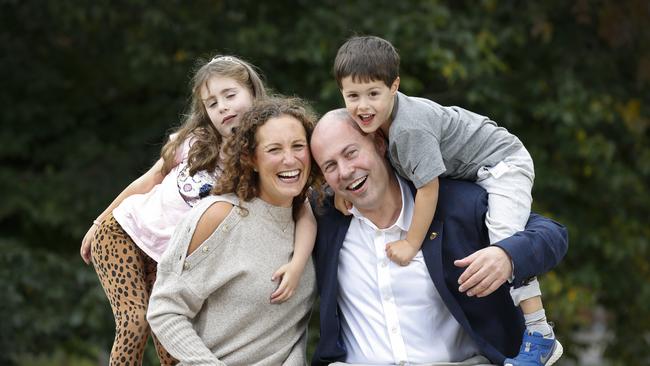
“This is the least understood part of the tax debate,” Deloitte Access Economics partner Chris Richardson tells Inquirer. “When wage growth collapsed and bracket creep slowed, the first two stages of the tax cuts were brought forward, and doubled up, to fight COVID. That’s led to a huge overpayment of that fiscal drag, especially to low and middle-income earners.” Richardson has calculated the overpayment is worth $19bn this financial year, $18bn next year.
Let’s go back to Frydenberg’s 2019 budget, with its Oz Rock overture: “The budget is back in the black, and Australia is back on track.” The showstopper was the tax package, estimated to be worth $158bn across a decade, and that would see 94 per cent of taxpayers paying no more than 30c in the dollar from July 2024. A year earlier, then treasurer Morrison announced $144bn in personal income tax cuts, in the process abolishing an entire tax bracket (37 per cent) and returning some of that fiscal drag.
In customary overkill, Morrison said at the time his tax package “ran a sword through bracket creep”. Yet the ensuing tax cuts, in all their messy stages, are the gift that keeps on giving to taxpayers. But not because of a custodian’s swashbuckling moves per se. Rather, it’s due to wage stagnation, electoral politics and the use of a clunky instrument known as the low and middle income tax offset (or “lamington” in the poetry of spreadsheet wonks) giving those who pay the least tax a refund cheque of as much as $1080. This one-night-only extra show will be running into another season, costing the budget $7bn this year.
Treasury consistently has over-estimated annual growth in the wage price index. In 2018-19 it forecast 2.75 per cent; the result was 2.3 per cent. The next year it again forecast 2.75 per cent; the wage price index came in at 1.8 per cent because of pandemic wage freezes in the private and public sectors.
But the medium-term forecasts in those two budgets was for annual growth in the wage price index of 3.5 per cent in the “out years”, a figure we’ve not reached since 2012, when the great wage stagnation began.
Last October, Treasury pencilled in a more realistic 1.25 per cent rise in wages in the year to June, reflecting labour market slack and structural changes in the way pay is set, demography and global competition.
Richardson has run the numbers for the amount of fiscal drag, relative to an indexed 2014-15 tax scale, taxpayers would be up for. Slow wage growth means fiscal drag has raised a measly $1.25bn a year on average in recent years. If the legislated stage three tax cuts ever materialise, it would leave families paying $20bn less in taxes in 2024-25 than if the 2014-15 tax system had been indexed over time.
But the Deloitte partner doesn’t hold much hope for them, because of politics and the Twitterverse. The bulk of those cuts go to high earners, naturally, because they pay the most tax. On Richardson’s analysis, if the LMITO becomes a permanent feature and stage three is killed, the tax system will become complicated and less fair, with the burden on top earners becoming heavier.
“Remember, the lamington was meant to be a ‘lean to’ at the back of the tax system,” Richardson says. “We went down this road to improve the tax system. First, Australia relies more on personal income tax than other rich countries do. Second, we have a high top marginal tax rate. And third, that top rate kicks in at a relatively low multiple of average or median earnings.”
We’d be locking in some of the worst features of our system if we stay where we are. “The public don’t realise that the top 1 per cent of taxpayers pay as much in personal tax as the lowest earning 16.5 million,” he says.
Put another way, a person in the top 1 per cent of all personal taxpayers in Australia is paying the same amount of personal tax as 150 low-income earners. This year, the top 1 per cent will contribute 18 per cent of all personal income tax, up from 16.9 per cent three years ago.
The shares of the top 5 per cent of taxpayers (35 per cent), top 10 per cent (47 per cent) and top 20 per cent (63 per cent) will have each gone up by around 2.5 percentage points since 2017-18.
“Every group thinks it’s being picked on,” says Richardson. “What’s really happening on tax is not what people think.”
The stage three tax cuts have taken on voodoo status, sliced and diced every which way to show the game being tilted to the “big end of town”. When they were rolled out in 2019, Treasury analysis showed there would be very little change to the shares of tax paid by the top four taxpayer groups mentioned above from a 2017-18 baseline.
There has been no public advocacy or analysis from Langton Crescent in Parkes on this issue since. How come Treasury is so silent? Politics.
Westpac chief economist Bill Evans said this week that “in extending the LMITO for a third year the government will be missing the opportunity to bring forward tax reform. It will be a break of four years when no tax reform will be delivered.”
In a pre-budget analysis, he writes: “If the government had decided to bring forward the stage three tax cuts to July 2022 and not extend the LMITO the net cost would have been around $10bn ($17bn for stage three against $7bn for LMITO).”
He notes the lamington was designed as an interim measure and its extension is not tax reform and continues double compensation. As the Treasurer argued two years ago, making a flat 30 per cent rate structure between $45,000 and $200,000 boosts competitiveness and incentives.
“Australians are aspirational and not necessarily opposed to lower tax rates for middle and high-income earners,” argues Evans, who speculates that with an election due around this time next year and another budget likely before then, the LMITO may be extended, leading to three years of double compensation. Given the cost of bringing forward stage three is effectively $20bn over two years and the budget’s bottom line has improved by about $170bn since December, it would be, he says, “a sensible and affordable strategy to support the pursuit of growth and full employment”.
Sure, there’s pressure building on Frydenberg from his political opponents and the wonks and Twitter on the stage three cuts, but the narrative in his first fiscal outing was all about values.
“We believe in: Reward for effort,” he said in 2019. “The power of aspiration and enterprise. Upholding personal responsibility. And always providing a helping hand to those who need it. We want Australians to have a go and to get a fair go. Our commitment to fairness means the next generation not having to pick up the tab for the last.”
Was that just another case of over-promising and underdelivering?


